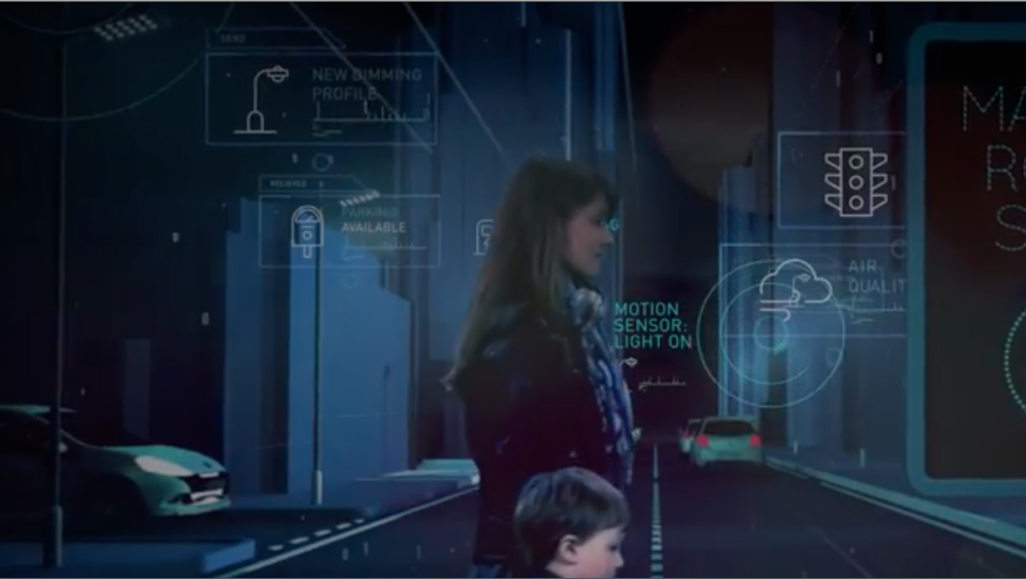The last instalment of our Smart City Top Tips blog series focuses on why it is important to keep citizens at the heart of municipal improvements. For a smart city to become truly successful and accessible by all, is to understand the challenges on the street to inform strategy and suitable solutions.
The increasing number of urbanites is a driving force behind the movement towards smarter cities. Using communications to enhance scope and performance of urban services, to reduce resource use, smart cities can engage more wholly and beneficially with their citizens. In order to develop a structure that works, citizen engagement is required from the offset.
The starting point
Cities are unique hubs of citizen centric services. Although most urban spaces have similar services, their strategies and objectives all differ in order to meet the needs of their public. From start to finish, citizens must remain a key part of your smart city strategy; the starting point is understanding their quintessential needs to help form the basis of your project objectives. Those that are leading the way in smart urban initiatives are already consulting citizens to capture the real issues affecting day to day life and the solutions they require.
The next step
On your journey to developing a smarter city, you will be introduced to a number of technologies and applications that are currently being trailed or that have been implemented in similar locations. Ensure you keep on track with the key needs of your community; this will avoid you being blind sighted by flashy new user interfaces or systems that collect masses of data you probably won’t use or monitor – or worse still, that the public will not use.
For example; a phone app for citizens to monitor the number of parking spaces in their local area at a given time. This may be a fantastic idea and one that is successful in neighbouring cities, but will residents really benefit from it? How many citizens in your town own a car, how many use (or can afford) a device that has internet access?
Understanding the demographic of your city and gaining useful insight that will support your strategy, with data derived from focus groups or surveys, can help you stay focused on the solutions that fit best with the local community.
Continuous engagement
A smart city should enhance the quality of life for citizens and evolve over time. This can be done through data collected from citizens using the new smart systems you have implemented. Merging this intel alongside physical evidence gathered from engaging in conversations with residents, to understand how they use and live in the city, will help to build a complete image of the ongoing improvements that need to be made.
This information can be used to provide you with a better picture of your city and the next stages of your project. You have the power to influence this shift and take hold of the opportunities available to you in an evolving smart environment.
Using the insights derived from smart city solutions can help keep you updated on the way citizens live, work and play throughout their city or town, as well as optimise services based on the results. These actionable insights are only valuable when they can make a true impact to the local community, which means collaborating with people at all levels to understand the real challenges you need to overcome.
Find out how Ki. can help you improve civic and citizen services here.



